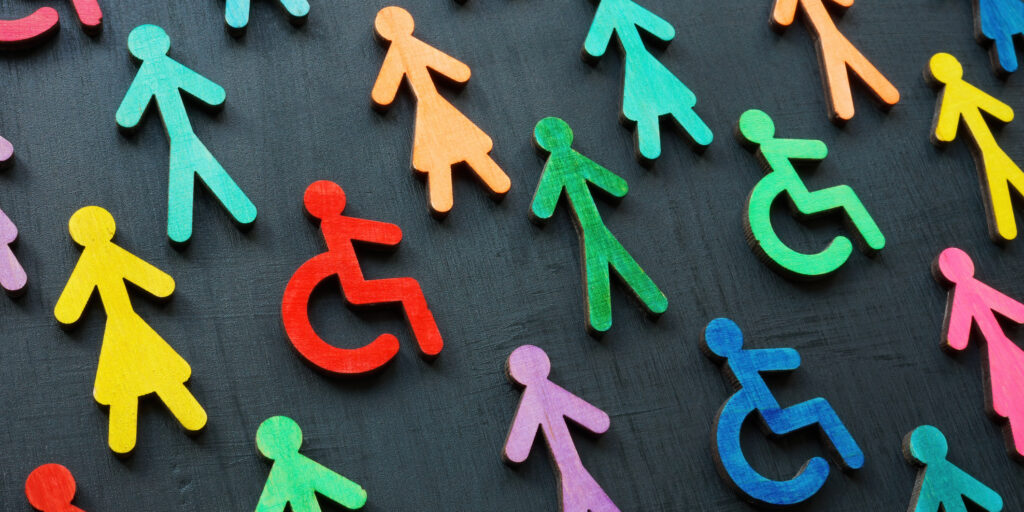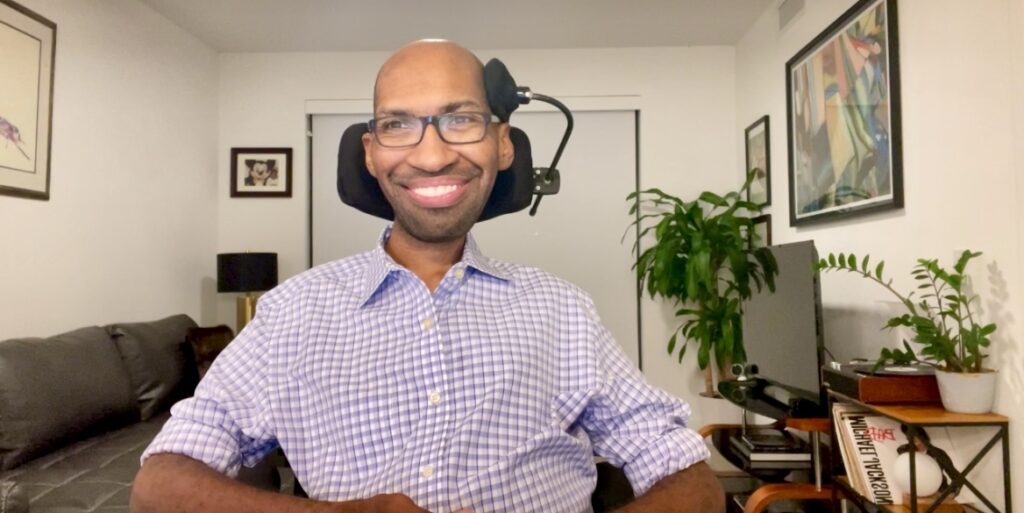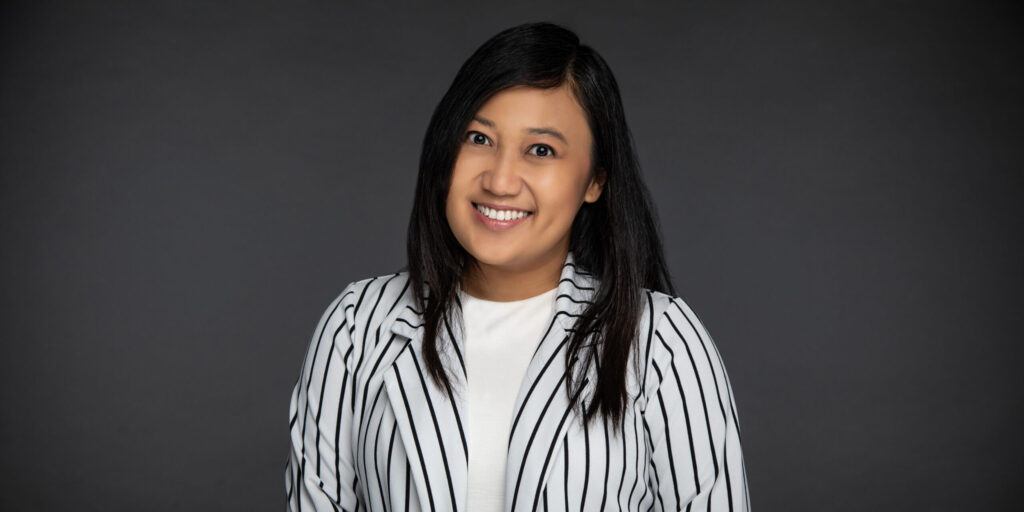
International Day of Women and Girls in Science: MDA’s Spotlight on Dr. Dwi U. Kemaladewi
By Rebecca Hume | Thursday, February 8, 2024
In recognition of International Day of Women and Girls in Science, the Muscular Dystrophy Association (MDA) is honored and excited to highlight the career and accomplishments of Dr. Dwi U. Kemaladewi, PhD. International Women and Girls in Science Day, February 11, endeavors to acknowledge and celebrate the invaluable role that women and girls play in accelerating change and discovery in the professional realm of science, technology, engineering, and math (STEM).
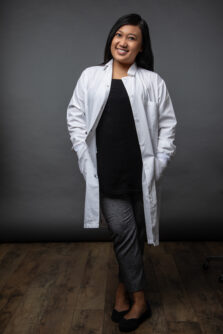
Dwi U. Kemaladewi, PhD
Described as a rising star in neuromuscular research, Dr Kemaladewi is currently a member of the MDA Research Advisory Committee, an Assistant Professor of Pediatrics at the University of Pittsburgh School of Medicine, and a researcher at UPMC Children’s Hospital of Pittsburgh.
While completing her PhD research at Leiden University Medical Center in the Netherlands, Dr. Kemaladewi identified muscle-specific co-receptors for myostatin and developed antisense oligonucleotides to counteract fibrosis in Duchenne muscular dystrophy. During her postdoctoral training at Hospital for Sick Children, Toronto, Canada, she worked on applying CRISPR-Cas technologies to treat LAMA2-deficient congenital muscular dystrophy. Now a resident of Pennsylvania, her on-going research on the role of TGF-beta and myostatin signaling in skeletal muscle growth and disease provides valuable insight into potential new treatments for LAMA2-deficient congenital muscular dystrophy.
Dr. Kemaladewi shares her journey, research, professional experience, personal motivation, and insight about being a woman in science below.
You are currently serving your second year on the MDA Research Advisory Committee (RAC), what does this role entail and why is it important to you?
The main responsibility of the committee is to review grants submitted by the research community worldwide. In addition, we discuss and provide feedback on several strategic initiatives that the MDA Research Team drafted, including new funding schemes and priorities. This year, I am also contributing to shaping the program for the upcoming annual MDA Clinical & Scientific Conference in Orlando and I will chair a session on “Next generation genetic therapies.”
Given that I am fairly junior compared to the rest of the MDA RAC members, I learn a lot from how the more senior researchers think, evaluate, and provide constructive criticism. There are way too many great ideas out there, and not all can be funded by MDA; yet the science has to be done. Therefore, we always strive to provide useful feedback for applicants. The Development Grant is my favorite funding scheme because it specifically targets senior postdoctoral fellows whose visions are maturing and often very different from their mentors’ programs. As such, it paints a broad picture of the future of the neuromuscular disease field. On that note, serving on the RAC is one small way for me, as a former grantee myself, to give back to the MDA. I think most RAC members serve as unofficial ambassadors to the MDA.
What is your area of research and what accomplishments have you achieved in your career thus far?
My lab’s theme is Interventional Genomics in Rare Diseases, which, broadly speaking, means using genetics and genomics technologies to study disease pathophysiology and develop therapy for pediatric rare diseases. In the context of muscular dystrophy, we focus on tweaking the genome to activate a certain gene that can compensate for the missing gene in LAMA2-deficient congenital muscular dystrophy (LAMA2-CMD), thus serving as a potential therapeutic approach. We are now working on how to make such technology, which is known as CRISPR activation, better, safer, and cheaper. We are also looking into how such technology performs in genetically diverse populations.
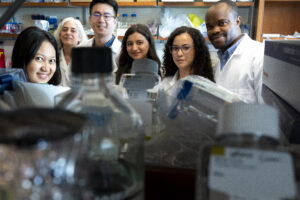
Dr. Kemaladewi with her research team at UPMC Children’s Hospital of Pittsburgh.
My job also entails mentoring the next generation of scientists. In this regard, my proudest accomplishment to date is that I was able to “lure in” students and postdocs to the field of neuromuscular diseases and genetic therapy. I hope that I can give them enough resources and encouragement so that they can pay it forward to the community after their tenure in my lab.
When did you become interested in medical research, and – subsequently – neuromuscular disease?
I was born and raised in Indonesia, where the infrastructure to perform high-quality science was minimal to non-existent. One striking example was when molecular biologists from neighboring countries (e.g., Singapore and Australia) had to be flown in to perform DNA testing to identify the victims of the Bali bombing in 2002. I was in high school back then. The limited opportunities became a major factor in my decision to pursue my undergraduate study in life sciences in the Netherlands. I caught the ‘research bug’ early and did two undergraduate internships in genetic analysis of avian influenza viruses and biochemistry of sickle cell diseases.
After graduation, I applied for a research technician job at the Dept. of Human Genetics at Leiden University. During the interview, I committed an HR faux pas and naively said that I’d like to work for one year only because I wanted to go to graduate school. They were impressed with my honesty and instead offered me a Ph.D. position to work on antisense oligonucleotides in Duchenne muscular dystrophy.
In retrospect, I think my entry into the neuromuscular disease field was purely serendipity; however, my Ph.D. lab was a major reason why I continued in the field. I had so much fun doing my PhD. I credit my PhD supervisor, Prof. Peter ‘t Hoen, and the entire neuromuscular team in Leiden for the nurturing and supportive environment that they cultivated.
What are you most excited about in the current research and treatment landscape for neuromuscular disease?
Just like everyone else, I am excited about the versatility of genome editing technologies that have opened a lot of possibilities for the future treatment of genetic diseases, including neuromuscular diseases. Beyond that, I also see that the field has started to appreciate that muscular dystrophy does not end in the muscle. There are movements of research activities on understanding how muscular dystrophy affects tissues or organ systems beyond skeletal muscles. I think that’s very important!
It is a long and intense road to complete your level of education. What would your advice be to young girls who are interested in STEM but have reservations about the amount of education required?
I think the future is often intimidating no matter what career choices one makes. My advice would be to stop counting years and shift this reservation into some kind of ‘growth mindset.’ Education is not that linear, especially if you view it as growth and learning opportunities.
Science is fluid and should evolve! There will be new problems that bug us and that we would want to tackle with new techniques and know-how. It will happen throughout our studies and professional careers. Our interests and curiosity should and will change over time as long as we continue to grow. STEM is fantastic in that regard because, by nature, it keeps evolving.
For now, take it one step at a time, but be on the lookout and prepared to grab any opportunities presented in front of you!
Were there people along the way who were role models that motivated or encouraged you to go into this field?
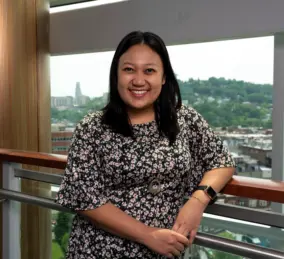
Dr. Kemaladewi
My role model is my mother. She is a midwife by training, turning into a university lecturer and public health researcher, and now, in her retirement age, she operates a healthcare practice for low-income communities in my hometown. She is a single mother raising two daughters and has worked tirelessly her entire life. She encourages me to pursue my education and career, even though that means I am living on the opposite side of the world.
Another person I admire the most is my postdoctoral mentor, Prof. Ronald Cohn. He is a natural-born leader who is not afraid of taking very bold risks in science and life. He is also an excellent communicator and one of the most empathetic people I have ever met. Despite being very busy leading one of the largest children’s hospitals in the world, he always finds time to provide life and career advice for any of his previous trainees, which we all appreciate.
As a young girl, what did you want to be when you grew up?
It changed a lot when I was growing up. I remember wanting to be a kindergarten teacher, a pilot, a movie star, or a professional rollerblader… I was all over the place. And that is okay!
What has been the most rewarding part of your career?
I love that I have the opportunity to work in many different institutions and countries. This job requires a high degree of geographical mobility, which is a somewhat controversial topic because some people stay in one place throughout their careers, and some move around periodically. Immersing yourself and thriving in a new environment where no one knows you is not always easy; however, I love such challenges.
Why do you think women make great STEM professionals?
Women tend to put people ahead of themselves and elevate others. By putting others first, women often see leadership as more than just a glorified career destination and individual accomplishment, which allows them to foster their teams’ well-being and unlock their subordinates’ potential. (Some men do it, too – not to discredit them.)
What advice would you give young women who are considering a career in STEM?
Take it one day at a time, have a growth mindset, continue looking for opportunities, and grab them when you see them!
Next Steps and Useful Resources
- Stay up-to-date on Quest content! Subscribe to Quest Magazine and Newsletter.
Disclaimer: No content on this site should ever be used as a substitute for direct medical advice from your doctor or other qualified clinician.


